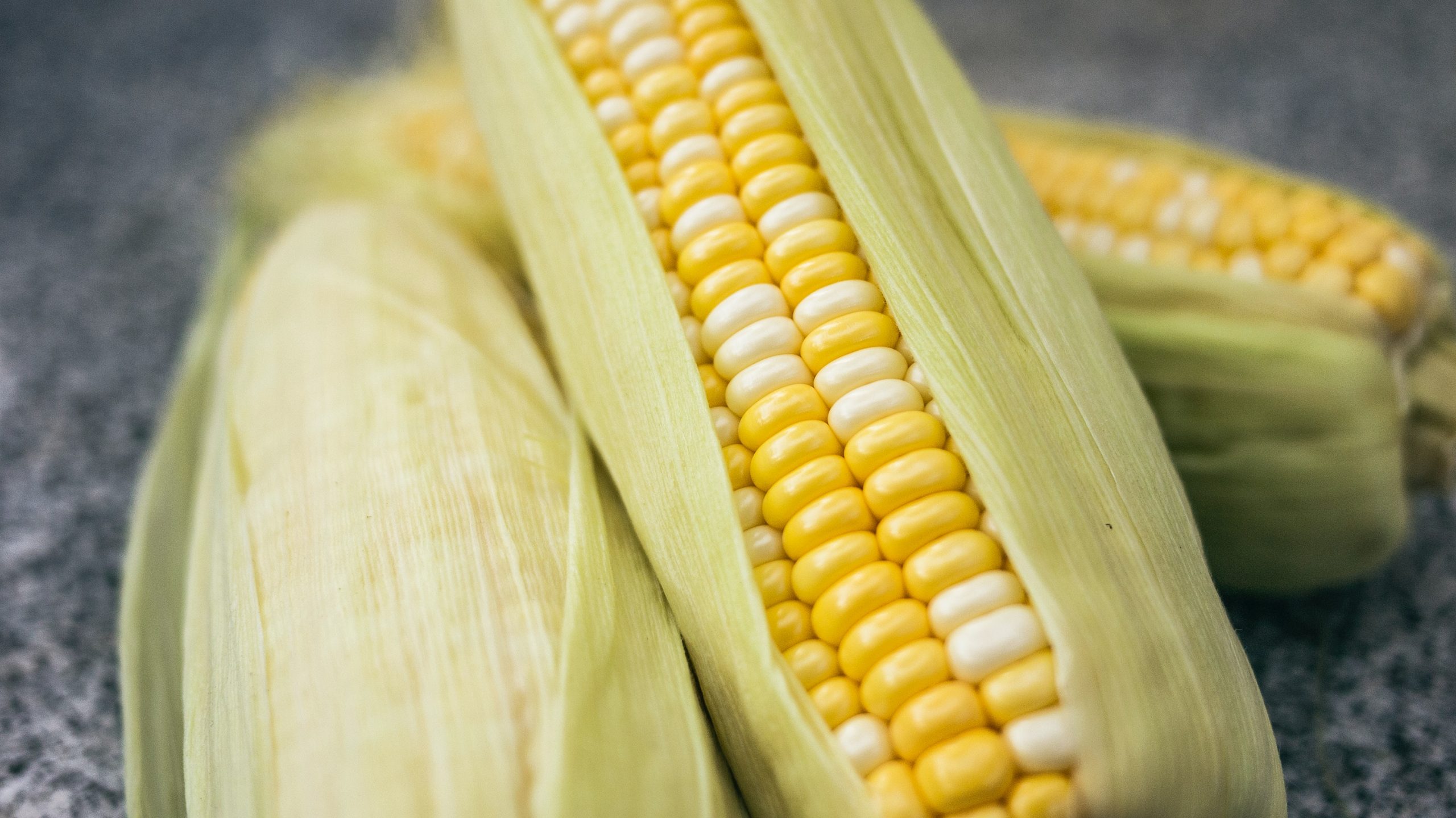If we were to believe the Greta Thunbergs of the world, we’re just one car ride away from turning the planet into a desert wasteland devoid of life.
But then, if we were to believe the Greta Thunbergs of the world, we’d be drooling morons or Greens voters. Which is much the same thing, really.
Because, despite the Swedish brat’s incessant scowling and screeching, “How dare you!”, the planet isn’t being laid waste by the small increase in atmospheric carbon dioxide.
Quite the contrary, it’s demonstrably getting greener.
And a greener planet means more food. Lots more food.
In 1993, the average corn yield in the U.S. amounted to 100.7 bushels per acre. That number grew to 175 bushels per acre by 2020. The steady increase in corn yields began in the late 1930s, when yields averaged well below 30 bushels per acre, and accelerated in the 1950s. Since then, yields have been increasing by an average of almost 2 bushels per acre each year.
Damn you, Gaia, stop thriving under the influence of the mild 20th century warming! You were supposed to be dead a decade ago!
Corn is not the only crop showing significant and consistent improvements in yields. Global production of wheat, for example, hit a new record of 761.6 million tons (Mt) in 2019-20 and was projected to reach an even higher total of 764.9 Mt in the 2020-21 season.
Yeah, but, um, like, everywhere else, farmers are scratching to eke the barest subsistence out of the parched earth. Vandana Shiva says so!
Americans are not the only leaders in food productivity. A massive bumper harvest put Australia on pace for a 60 percent year-on-year increase in overall crop production in 2020, despite the wildfires and drought that plagued the nation for the first few months of last year.
But, of course, it’s not just the boon of a warm, wet climate that is making the earth green. It’s also human ingenuity.
While overall weather conditions do matter, innovation has undoubtedly been key to agricultural gains. David Hula, for example, has developed a detailed process for planting and harvesting crops, which uses variable-rate technology in conjunction with a strip-till system that helps him to use fertilizer precisely and efficiently. New technology also allows Hula to insulate and protect his crops to ensure consistent output.
More broadly, the agricultural world has seen a series of promising breakthroughs, including genome editing, autonomous farming robots, vertical farming and more. Most of these breakthroughs have the effect of making farming easier, more predictable, more efficient and less dependent on the whims of nature.
As for the green-left’s Malthusian mantra about “a finite planet”…
Agricultural advances fall well in line with Andrew McAfee’s description of dematerialization – a process of using fewer resources in order to produce more goods and services – which he outlined in his 2019 book More from Less. If the current trends continue, the potential for land-sparing is significant.
Human Progress
In other words, as well as feeding more people than ever before better than ever before, we’re using less and less land to do it. Which means that more land is being returned to nature. Forests are growing. Britain, for example, has more tree cover than at any time since the Domesday Book was written.
But, sure, Greta: you just keep screeching. It’s made you rich and famous, after all.
Please share this article so that others can discover The BFD

